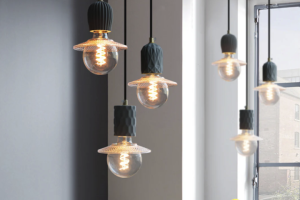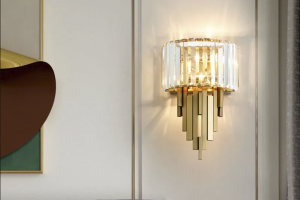Introduction
Kula Lampa, also known as butter lamp, is a traditional lamp used in many Himalayan cultures, especially in Tibetan Buddhism. It is made of brass or copper and filled with clarified butter, which burns with a bright, steady flame, producing a warm glow. The lamp is not only a source of light but also a symbol of devotion and purity, and it has a significant role in many religious rituals and ceremonies.
History and Meaning
The use of butter lamps dates back to ancient times in India, where ghee (clarified butter) was considered a sacred substance, used for cooking, lighting, and as an offering to deities. When Buddhism was introduced to Tibet in the 7th century, the tradition of using butter lamps was already well established, and it became an essential part of Tibetan Buddhism practice.
Butter lamps symbolize the illumination of wisdom and the dispelling of ignorance, as well as the offering of light to the Buddha and other deities. Lighting butter lamps is also believed to purify negative karma, uplift the mind and create a peaceful atmosphere. The flickering flame is seen as a representation of the impermanence of life and the transitory nature of all phenomena.
Making of Kula Lampa
The production of Kula Lampa is a complex process that involves skilled craftsmanship, attention to detail, and adherence to traditional techniques. The lamp is typically made of brass or copper, which is shaped into a cylindrical or conical form, with a wide base and a narrow neck. The lamp is then coated with a thin layer of silver or gold and adorned with intricate patterns and symbols. The lamp’s size and shape can vary depending on the intended use, but most butter lamps are small enough to be held in one hand.
The filling of the Kula Lampa is another critical element of the process. The clarified butter (ghee) is melted and filtered, removing any impurities. The butter is then poured into the lamp, leaving a small wick exposed at the top. The wick is made of cotton, hemp or jute, and requires regular trimming to maintain a steady flame.
Kula Lampa is usually kept in a row on a traditional Tibetan Buddhist altar, along with other ritual items such as statues, incense, and prayer flags.
Use of Kula Lampa
Kula Lampa is used in various religious ceremonies and practices, including offerings to deities, lighting the way for the deceased, and purification rituals. In many Tibetan monasteries, the lamps are lit all day and night, creating a tranquil atmosphere, where monks can meditate and pray.
In addition to religious purposes, Kula Lampa is also used for decorative and aesthetic purposes. The lamps’ warm glow provides a serene ambiance and can be used to create a cozy atmosphere in homes, restaurants, and other public spaces.





More Posts
Creative Studio Essential: Industrial Gear Pendant
Vintage Industrial Bulb Chandelier for Loft Spaces
Enhance Your Space with a Luxe Crystal Wall Lamp